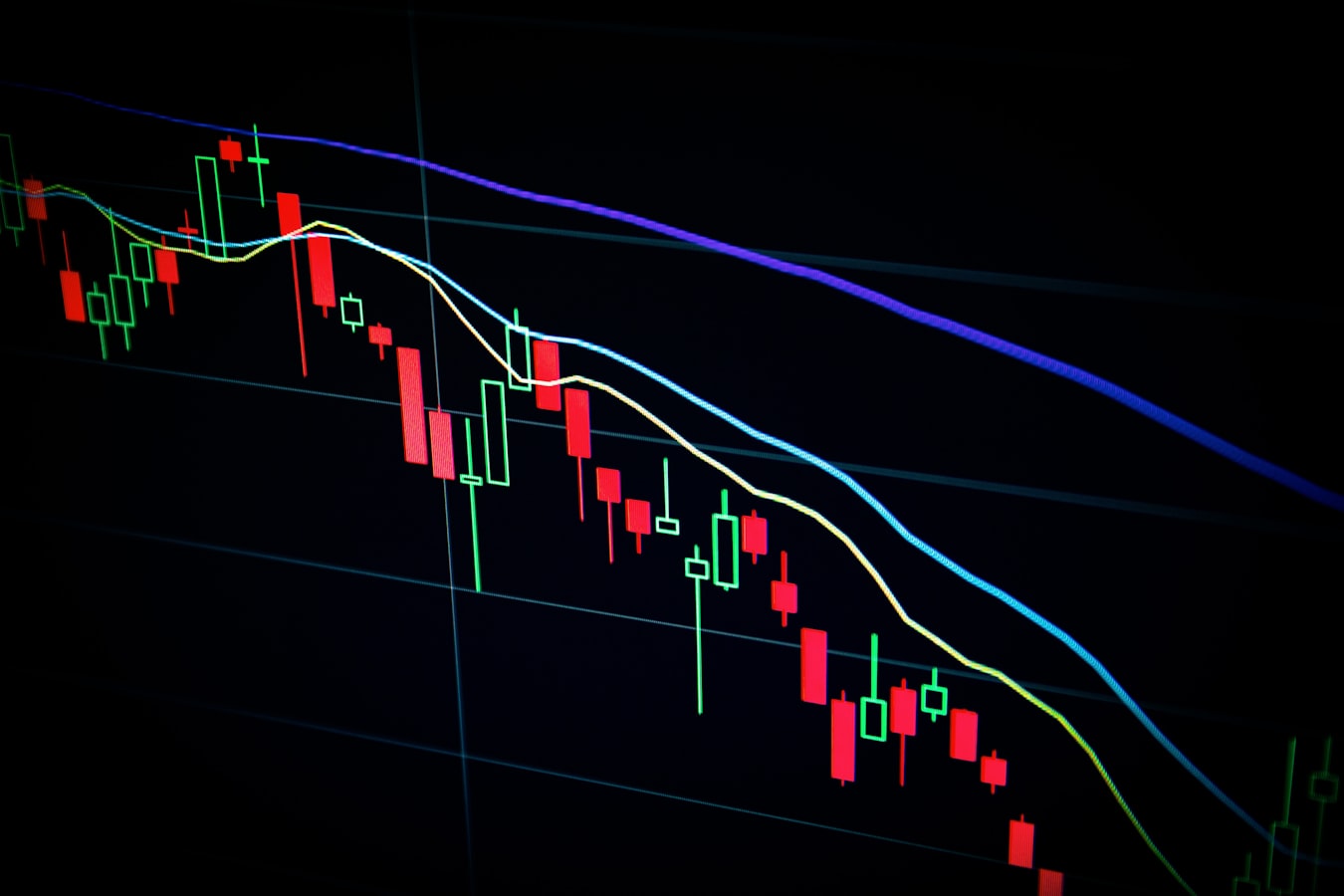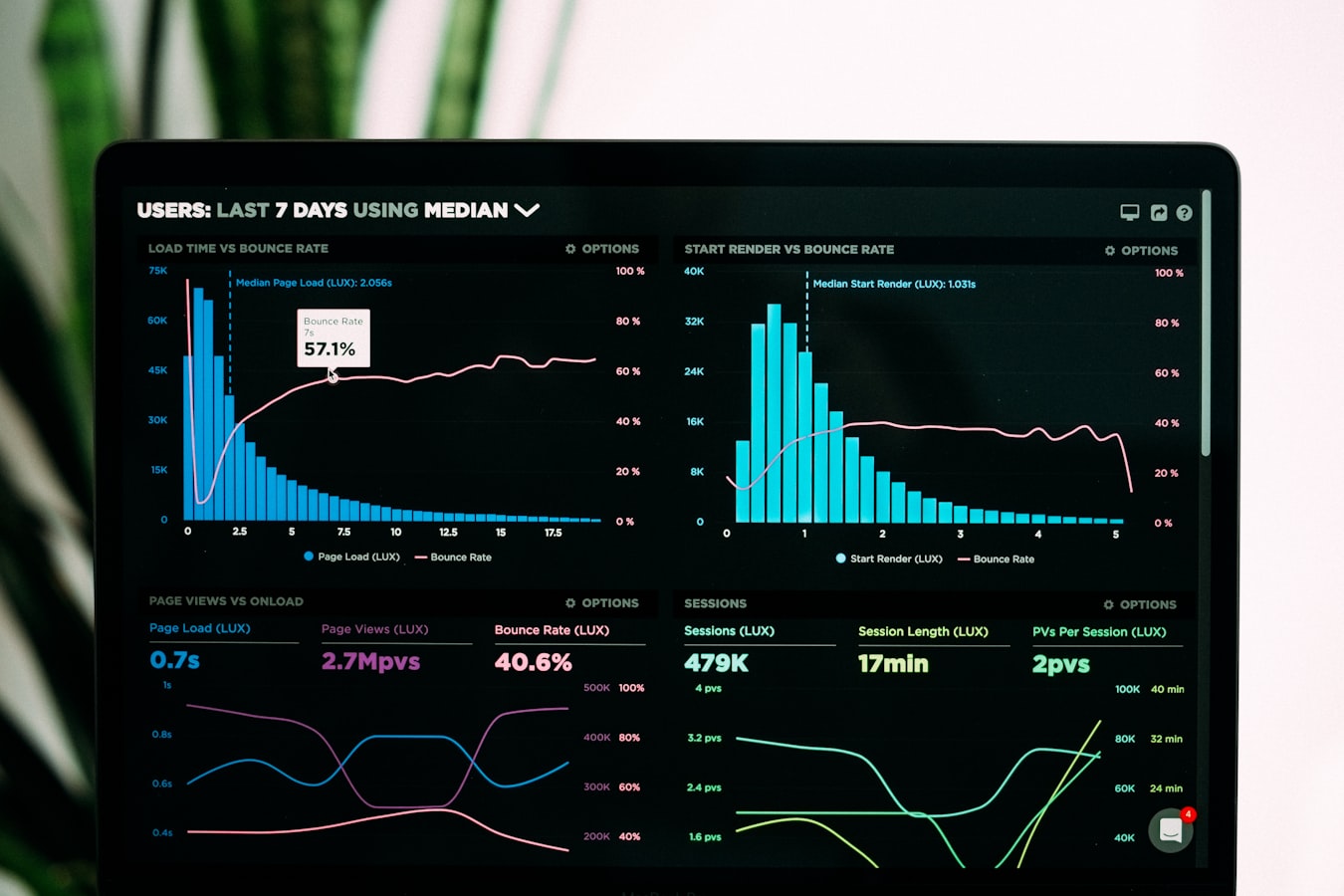
Introduction
Forex trading offers one of the most accessible ways for beginners to enter the financial markets, with its 24/5 availability, high liquidity, and low barriers to entry. However, success requires more than just luck—it demands proven strategies and disciplined execution.
- Forex trading can be profitable with the right strategies and risk management
- Beginners should start with simple, rule-based approaches
- Consistency is more important than complex analysis
- Proper risk management protects your capital
- Demo accounts allow risk-free practice before trading real money
In this guide, we'll explore five simple yet effective Forex trading strategies that beginners can implement immediately to start earning in the currency markets.
1. The Moving Average Crossover Strategy
One of the simplest and most reliable Forex strategies for beginners is the moving average crossover. This strategy uses two moving averages to identify trend direction and potential entry points.
How It Works:
Add two exponential moving averages (EMAs) to your chart: a fast EMA (e.g., 9-period) and a slow EMA (e.g., 21-period)
When the fast EMA crosses above the slow EMA, it signals a potential uptrend (buy signal)
When the fast EMA crosses below the slow EMA, it signals a potential downtrend (sell signal)
Place stop-loss orders below recent swing lows (for long trades) or above recent swing highs (for short trades)
Use this strategy on the 1-hour or 4-hour charts for more reliable signals. The higher the timeframe, the more significant the signals tend to be.
Don't use moving averages that are too close together (like 5 and 10) as they'll give many false signals. The 9/21 or 50/200 combinations work well for most traders.
2. The Support and Resistance Strategy
Support and resistance levels are fundamental concepts in technical analysis that can help identify high-probability trading opportunities.
How to Trade Support and Resistance:
- Identify key levels where price has reversed multiple times in the past
- Wait for price to approach these levels and look for confirmation signals (candlestick patterns, momentum indicators)
- Enter trades when price shows signs of reversing at these levels
- Place stop-loss orders just beyond the support/resistance level
- Take profits at the next significant support/resistance level
The more times price has tested a level without breaking through, the stronger that level becomes. These "multi-touch" levels often provide the best trading opportunities.
3. The Breakout Strategy
Breakout trading involves identifying key levels where price is likely to make a significant move and entering trades when price breaks through these levels.
Breakout Trading Rules:
| Step | Action |
|---|---|
| 1 | Identify consolidation patterns (ranges, triangles, flags) |
| 2 | Wait for price to break above resistance or below support with strong momentum |
| 3 | Enter the trade in the direction of the breakout |
| 4 | Place stop-loss inside the consolidation pattern |
| 5 | Take profit at 1.5-3x your risk (or use trailing stop) |
Avoid trading breakouts during low-volume periods (like Asian session for EUR/USD) as they're more likely to be false breakouts. Wait for London or New York session for better reliability.
4. The Price Action Pin Bar Strategy
Pin bars are powerful reversal candlestick patterns that can signal potential market turning points.
Identifying and Trading Pin Bars:
Look for pin bars at key support/resistance levels or trend extremes
A valid pin bar has a small body and a long tail (at least 2/3 of the total candle length)
Enter when price breaks the high/low of the pin bar in the direction of the tail
Place stop-loss beyond the opposite end of the pin bar
Take profit at 2:1 or 3:1 risk-reward ratio
Pin bars work exceptionally well on daily charts where they represent more significant market sentiment shifts. Combine them with trend lines for even better results.
5. The Trend Following Strategy
"The trend is your friend" is perhaps the most famous trading adage, and for good reason. Trend following strategies can be highly profitable when executed correctly.
Simple Trend Following Rules:
- Identify the trend using higher timeframe analysis (daily or 4-hour charts)
- Wait for pullbacks in the direction of the trend
- Enter trades when price shows signs of resuming the trend (higher lows in uptrends, lower highs in downtrends)
- Use moving averages or trend lines as dynamic support/resistance
- Let profits run with trailing stops while cutting losses quickly
Don't try to predict trend reversals too early. Most beginners lose money trying to "catch the top" or "pick the bottom." It's safer to trade with the trend until clear reversal signals appear.
Common Beginner Mistakes in Forex Trading
Understanding these common pitfalls can help you avoid costly errors as you begin your Forex trading journey:
- Overtrading: Taking too many trades, especially in sideways markets
- Poor risk management: Risking too much capital on single trades
- Revenge trading: Trying to immediately recover losses with impulsive trades
- Ignoring fundamentals: Not being aware of major economic events that can move markets
- Lack of patience: Not waiting for high-probability setups according to your strategy
- No trading plan: Trading without clear entry, exit, and risk management rules
Keep a trading journal to document your trades, emotions, and lessons learned. This is one of the fastest ways to improve your trading skills and avoid repeating mistakes.
Recommended Forex Trading Resources
Accelerate your learning with these carefully selected resources:

Forex Trading Masterclass
Our comprehensive Forex trading course covers everything from basic concepts to advanced strategies, risk management, and trading psychology.
 Taught by Aryan, Professional Trader with 10+ years experience
Taught by Aryan, Professional Trader with 10+ years experience
Additional Learning Materials:
FAQ: Forex Trading for Beginners
You can start Forex trading with as little as $100 with some brokers, but we recommend beginning with at least $500-$1000 to properly implement risk management strategies. Many brokers offer micro and mini accounts that allow you to trade smaller position sizes.
For beginners, we recommend starting with the 1-hour or 4-hour charts as they provide a good balance between signal reliability and trading frequency. Daily charts are excellent for identifying the overall trend, while 15-minute charts can be used for more precise entries.
Realistic expectations are crucial. A consistently profitable trader might make 5-20% per month on their trading capital. However, beginners should focus first on preserving capital and developing skills rather than chasing profits. Most professional traders consider 1-2% risk per trade and 5-10% monthly returns excellent results.
Major currency pairs like EUR/USD, GBP/USD, USD/JPY, and AUD/USD are ideal for beginners because they have the most liquidity, tightest spreads, and abundant analysis available. Avoid exotic pairs when starting as they can be more volatile and have wider spreads.
Most traders need 6 months to 2 years of consistent practice and education to become consistently profitable. The learning curve includes understanding market behavior, developing a trading strategy that fits your personality, and mastering emotional control. Treat Forex trading as a skill to be developed rather than a get-rich-quick scheme.
Conclusion & Next Steps
The five Forex trading strategies we've covered—Moving Average Crossover, Support and Resistance, Breakout Trading, Price Action Pin Bars, and Trend Following—provide excellent starting points for beginners to begin earning in the Forex markets.
Remember that successful trading requires:
- Consistent application of your chosen strategy
- Strict risk management (never risk more than 1-2% per trade)
- Patience to wait for high-probability setups
- Continuous learning and adjustment
Start by paper trading or using a demo account to practice these strategies without risking real money. Only transition to live trading when you can consistently execute your strategy according to plan and manage your emotions during both winning and losing trades.
Join our community of traders and get access to premium courses, trading tools, and expert mentorship.
